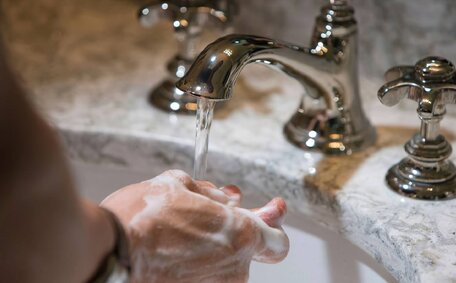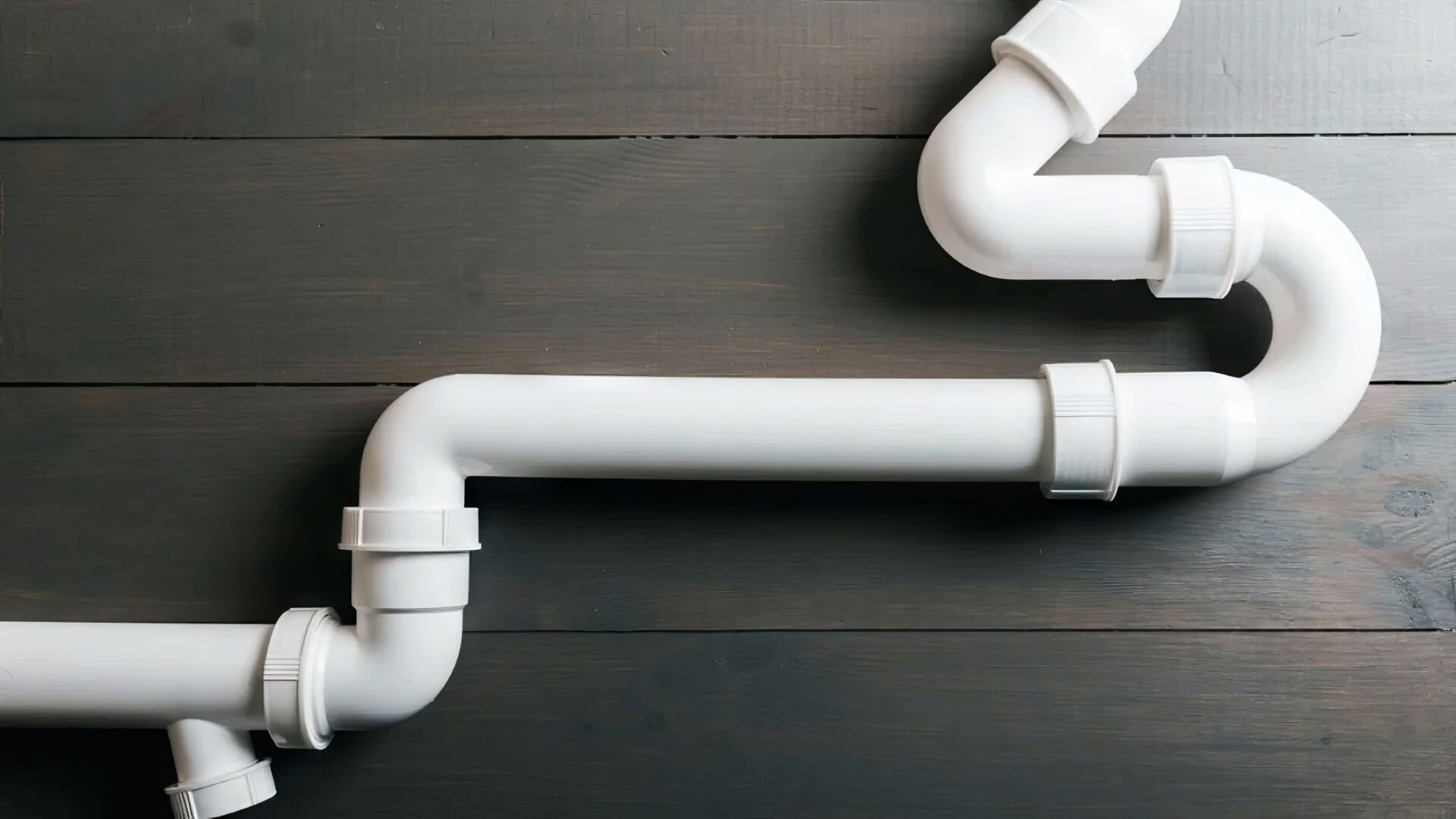Introduction to Pipe Relining
Pipe relining repairs damaged pipes economically, circumventing the need for complete replacement and associated disruptions. This technique involves inserting a liner soaked in epoxy resin into the existing pipe, which then hardens to form a robust, seamless pipe within.
Employed strategically, pipe relining addresses various issues such as cracks, leaks, breaks, and root intrusions. It is effective for a wide range of pipe materials, including PVC, cast iron concrete, clay, and hybrid types such as pvc cast iron pipes. Modern pipe relining can accommodate pipes with complex bends and angles, with a range of solutions to tackle various challenges.
Pipe relining offers multiple advantages, including:
- Minimal disruption to property and surroundings during the pipe repair process
- Greater structural integrity than traditional pipe replacement
- Cost savings frequently top 50% compared to traditional replacement methods
- Prevents future root intrusion
- Extends pipe lifespan by 50+ years
This guide takes an in-depth look at the applicability of drain pipe relining for complexly bent pipes. It covers preparation, the relining process itself, suitable types pipe materials, durability, common questions, and more.
Evaluating Pipe Layouts and Bends for Relining
Before relining pipes with complex bends and angles, it’s crucial to thoroughly evaluate the pipe layout. This is done via CCTV drain inspections, which provide a detailed look inside the pipes.
CCTV inspections assess:
- Exact pipe diameters and lengths
- Locations of bends, joints, connections etc
- Severity and positions of cracks, leaks, blockages etc
Armed with this data, technicians can determine the best relining methodologies, tailored to your piping system. Pipe relining accommodates a variety of pipe sizes from 40mm to 225mm in diameter, managing vertical and horizontal bends up to 45 degrees to forge seamless connections.
In cases where relining doesn’t ensure sufficient structural support, replacement of severely damaged sections may be necessary. The comprehensive pipe layout assessment pinpoints critical areas pipe that may require attention, ensuring thorough and precise repair.
Technicians use inspection insights to craft custom liners for repairing pipes in each specific section. The liner’s flexibility allows it to navigate tight bends and angles, ensuring that the pipe can accommodate the necessary reshaping during installation.
It is important to make sure a proper pipe evaluation is carried out for effective relining. It provides the details needed to create suitable liners and identify sections requiring alternative repair methods.
Techniques for Navigating Bends During Relining
Relining pipes with complex bends and angles requires specialised equipment and expertise. Technicians use industrial-grade flexible liners reinforced with fibreglass that can used wide variety of tight 45° and 90° bends.
Inflatable rubber bladders called packers are inserted into the host pipe. Packers expand around bends, securing the seamless liner within the host pipe during installation. This step prevents the liner from folding, ensuring a smooth and uniform fit.
Undoubtedly, installation of the liner soaked in epoxy resin was very crucial, requiring technicians to take meticulous care. The resin must uniformly coat each bend for proper adhesion as it cures during the relining process. Poor installation means potential failure points down the track.
Our proficient technicians exhibit exceptional skill in inserting the liner to establish seamless connections within the piping system. Guide ropes, equipped with state-of-the-art cameras, help reline around challenging bends and accurately position the liner from one end to the other end of the pipe. Precise pressure regulation keeps the liner inserted into alignment despite the complexity.
Our technicians boast over 25 years of experience in relining all pipe configurations, using specialised equipment to navigate multiple sharp bends in a single operation.
Specialized Equipment for Relining Angled Pipes
Relining complex angled pipes requires specialised equipment to navigate tight bends and ensure proper resin bonding.
Robotic Pipe Cutters
Robotic cutters use cameras and sensors to navigate seamlessly into pipe systems. Technicians can also insert them directly into your pipe to trim protruding taps, roots, or any obstructions so the liner can pass unimpeded.
Different nozzle attachments cut various materials. Dust extraction prevents debris affecting the resin bonding.
Inversion Equipment
Inversion drums contain the resin-saturated liner and use steam or air pressure to invert it into the internal pipe.
The calibrated pressure control inverts at optimal speed to insert the liner smoothly into damaged sections around bends. Technicians monitor progress via cameras.
High Pressure Water Jets
Hot water jets at up to 4000psi remove tree roots, deposits, and debris, preparing the pipe walls for relining. This environmentally friendly method ensures that the liner makes flush contact with the pipe for maximum adhesion.
Jets exerting up to 4000psi clean the pipe meticulously, with vacuum extraction simultaneously removing debris.
This specialised relining equipment allows navigation of pipes with up to 90° bends. Leveraging extensive expertise, our skilled technicians can adeptly reline angled pipes.
Selecting Epoxy Resins for Multi-Angle Pipes
Selecting the right epoxy resin is crucial when the job calls for the used trenchless pipe relining methods in multi-angle pipe systems. The resin must have specific properties to effectively coat complex configurations.
Flexibility
The resin requires high flexibility to navigate tight bends in the pipe which may include angles of 45° and 90° during installation. Flexible resins also used prevent cracking or detachment from pipe walls as they cure.
Cure Time
A moderate cure time between 30-90 minutes is used in the trenchless method, which allows proper resin saturation through the entire pipe system before hardening occurs.
Bonding Strength
High-strength bonding ensures the resin adheres tightly to the host pipe through all the twists and turns to prevent cracks leaks or weakness.
Temperature Tolerance
Resins must withstand temperature fluctuations inside pipes over long periods. Multi-angle configurations experience more extreme temperature variances.
We select industry-leading resins like AQUA-Pipe and Poly-Magic for flexibility, strength and temperature tolerance, essential for pipe rehabilitation in relining complex pipes.
Thanks to years of expertise, our technicians select the best resin for enduring relining of multi-angled plumbing systems.
Step-by-Step Process for Relining Complex Layouts
Relining complex pipe layouts with tight bends and angles takes precision and care. Our highly trained technicians follow this detailed process to forge a new, tailored solution your specific plumbing needs:
1. CCTV Pipe Inspection
A robotic CCTV camera surveys the entire pipe layout, assessing diameters, materials, connections, damage and bend severity.
2. Line Path Planning
Technicians map the liner path using CCTV data to ensure adequate resin saturation throughout the pipe.
3. Pipe Preparation
Technicians prepare the pipe for smooth liner insertion by removing obstructions with water jets and robotic cutters.
4. Liner Installation
The epoxy-resin liner is carefully inverted through the pipe system with calibrated pressure, restoring its integrity. Packers ensure the liner can do the necessary navigation around bends.
5. Pressure Regulation
Precise pressure controls the liner inversion speed for uniform resin bonding, preventing detachment at angles.
6. Completion
After curing, the liner undergoes a CCTV and smoke inspection. Any connections are then carefully reinstated.
Our work’s excellence is clear, reflecting our extensive experience in seamlessly relining intricate pipe networks with multiple bends.
Benefits Compared to Replacing Bent Pipes
Relining offers numerous advantages over traditional replacement when dealing with pipes featuring complex bends and angles:
Minimal Property Disruption
Unlike pipe replacement which requires extensive digging and demolition, relining utilises small access points, minimising property damage and downtime.
Lower Costs
Preserving the current piping reduces the overall cost, avoiding the substantial material and labour expenses linked to replacement, and thus achieving savings surpassing 25%.
Enhanced Durability
The technology applied allows us to create new seamless pipe lining that bonds securely across bends for greater strength and resilience than joining replacement pipe sections.
Eco-Friendly Process
Requiring minimal excavation, relining significantly lessens environmental impact relative to replacement, providing peace of mind through the guarantee of minimal disturbance.
Rely on our extensive expertise with intricate configurations to supply a relining solution that matches or surpasses traditional replacement in both longevity and performance.
Addressing Common Questions About Relining
The relining method can offer a modern trenchless pipe repair method, prompting people to inquire about its benefits compared to conventional replacement. Here we address some common queries:
How Long Does Relining Take?
Standard residential relining projects are completed in 1-2 days. After inspecting and preparing your drain, technicians install the liner which cures fully in 2-3 hours. Non-invasive access points meant there was minimal disruption to your property, despite intricate plumbing problems.
Does Relining Reduce Pipe Capacity?
In most cases, the could been pipe from relining has an equal or slightly improved flow capacity compared to the original. The sleek texture of contemporary pipe lining effectively reduces friction and improves flow.
What’s the Lifespan of a Relined Pipe?
Industry-leading epoxy resins create relined pipes lasting 50 years or longer - matching or exceeding the lifespan of new pipe installations.
Is Relining Cheaper Than Replacement?
Yes, relining provides enormous cost savings, often questioned as how much, of 50% or more compared to full replacement. By preserving pipes in place, exponential expenses from excavation, new materials and labour are avoided.
Our 25+ year track record showcases numerous triumphant pipe relining projects in Sydney. We unequivocally recommend them due to our proficiency in tackling complex configurations, including those potentially attributed to blocked drains, enabling us to clarify any concerns regarding the suitability, process, and effects of relining your pipes.
Conclusion and Next Steps
Pipe relining offers a practical trenchless repair for plumbing with complex bends, surpassing conventional methods in efficiency. Compared to It offers significant cost savings and convenience while matching or exceeding the durability of traditional pipe replacement.
With over 25 years of expertise providing superior pipe relining services, we have the skills, equipment, and experience necessary to repair sewer lines and efficiently handle multi-angle configuration relining. We would highly recommend our use of industry-leading epoxy resins to create long-lasting solutions for your plumbing needs.
If your plumbing system presents complex repair challenges, reach out to us for a complimentary inspection and quote today. Call us on 1300 349 338 or email [email protected] to book an appointment with our friendly team.






